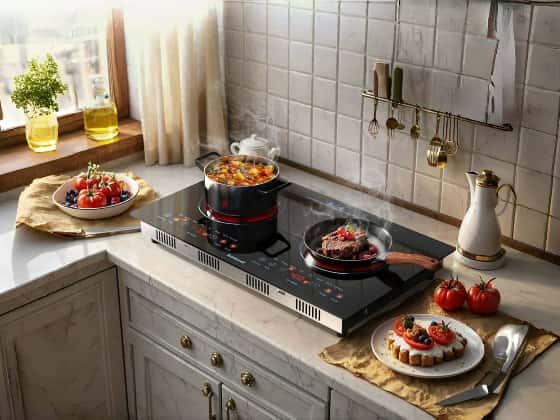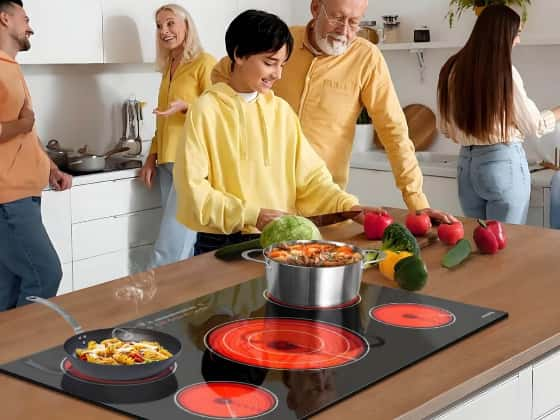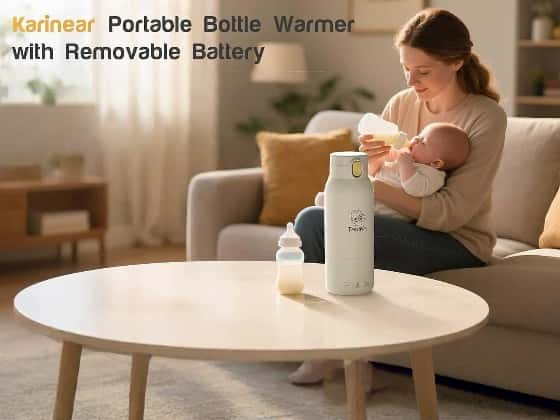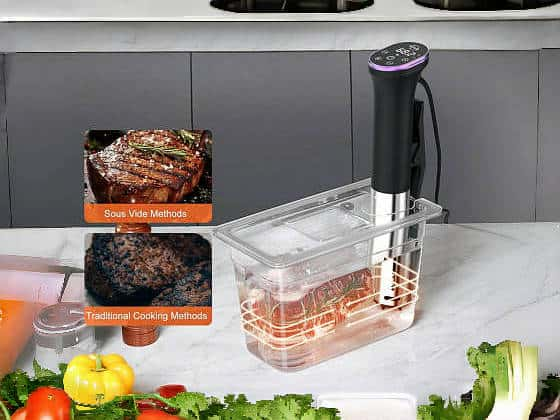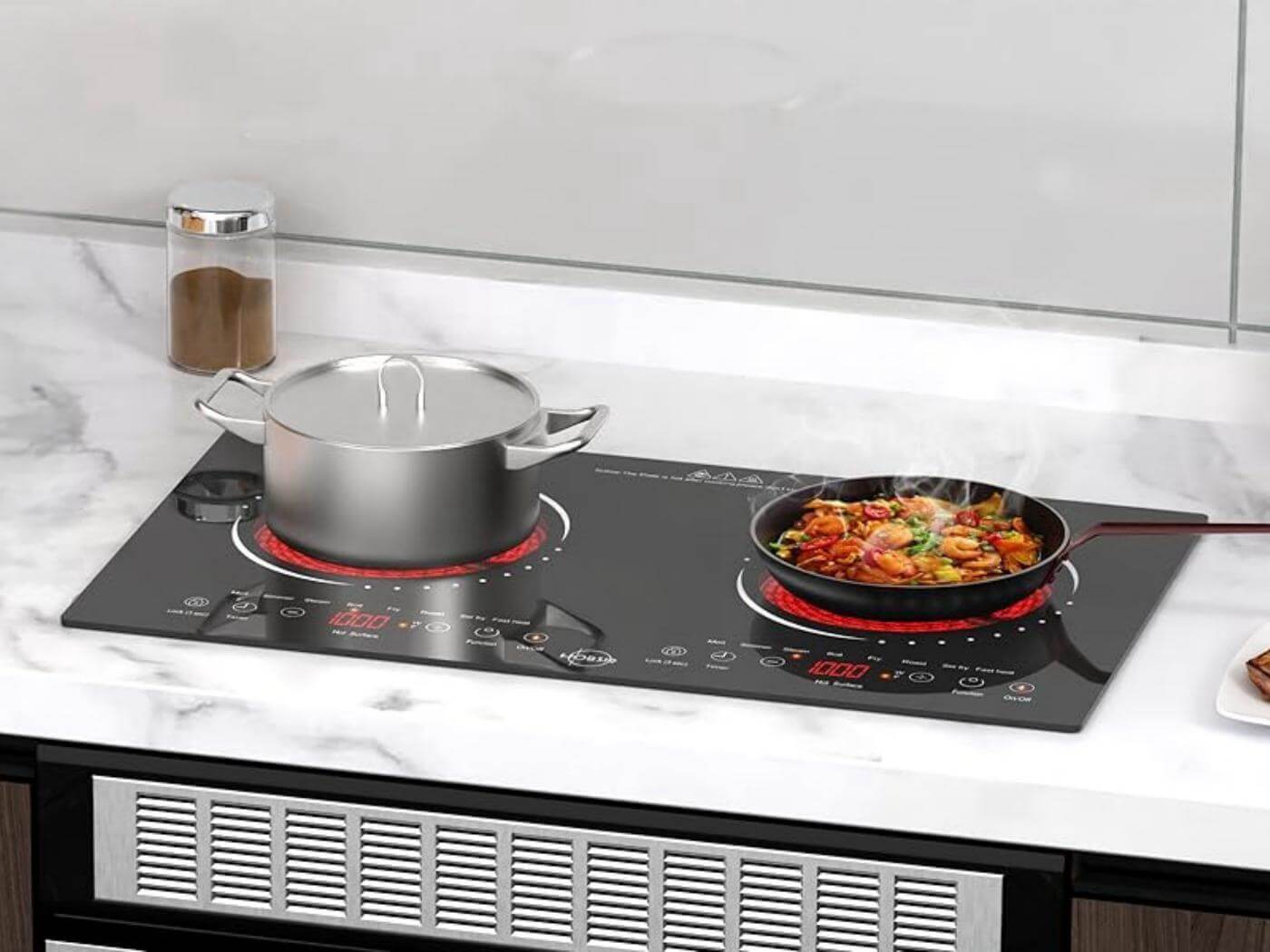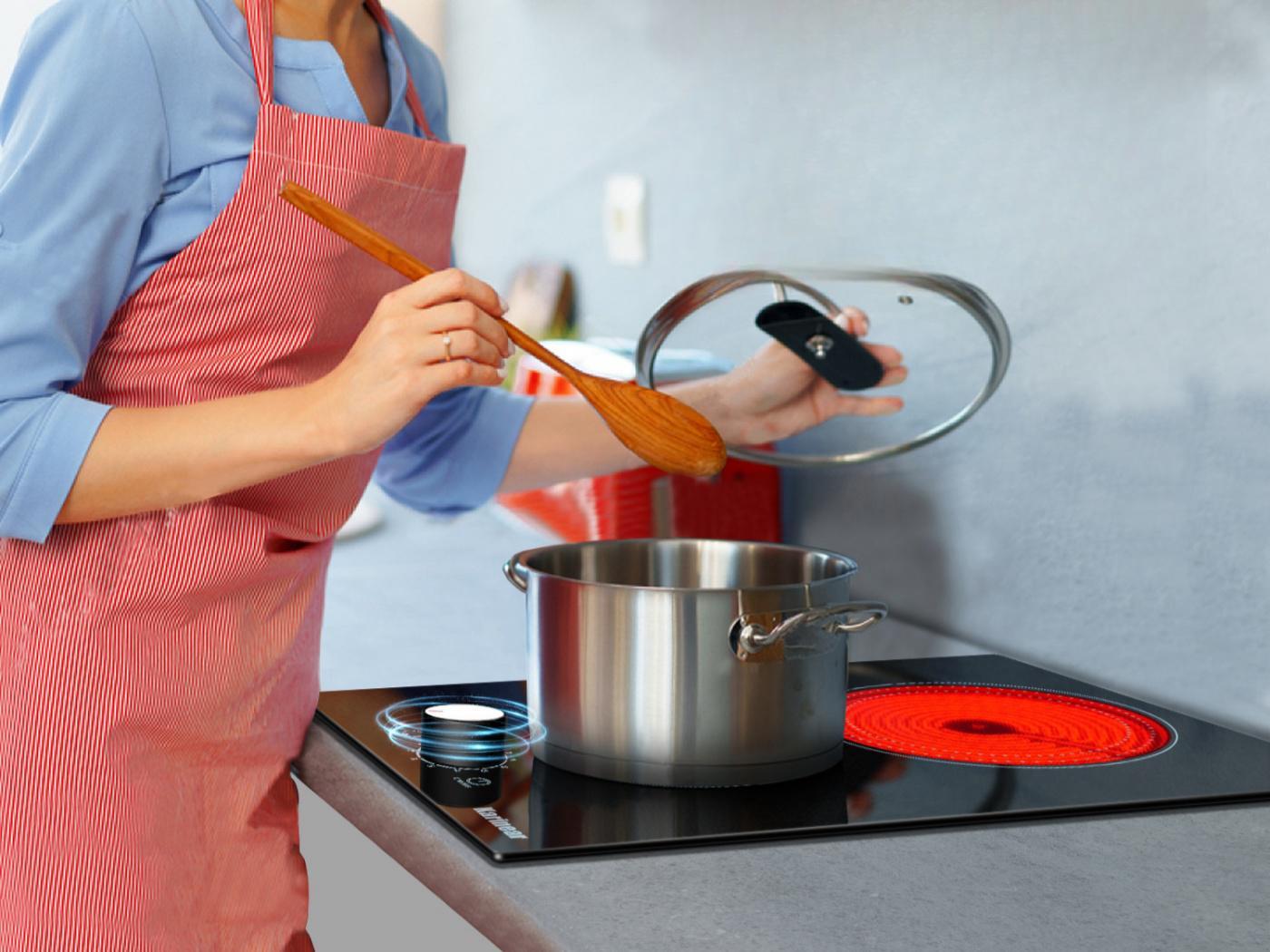
Introduction Electric stoves, including induction cookers and ceramic cooktops, are highly efficient and convenient appliances for cooking. However, encountering issues with non-functioning burners can be frustrating. In this comprehensive troubleshooting guide, we will walk you through the step-by-step process of identifying and resolving common problems with electric stove burners. By following these instructions, you can save time and potentially avoid costly service calls.
Section 1: Basic Checks and Precautions
1.1 Verify Pan Compatibility
Induction cookers require cookware with a magnetic base to generate heat. To verify pan compatibility, place a magnet on the bottom of the pan. If the magnet sticks, your cookware is suitable for induction cooking. If not, you will need to replace the pan with an induction-compatible one.
Please distinguish whether the boiler is suitable according to the induction cooker or electric ceramic stove you want. The instructions will explain this.

1.2 Power Cycling
Power cycling the electric stove can sometimes resolve minor glitches. Turn off the stove and unplug it from the power source. Wait for a few minutes before plugging it back in and turning it on. This process helps reset the stove's internal components.
1.3 Check if the Child Lock is Activated
Some electric stoves have a child lock feature that can inadvertently prevent burners from functioning. Check if the child lock is activated and follow the manufacturer's instructions to deactivate it if necessary.

Section 2: Troubleshooting Specific Components
2.1 Burner Socket and Connections
If the previous steps did not resolve the issue, it's time to inspect the burner socket and connections. Start by turning off the stove and ensuring it is unplugged. Carefully remove the burner from the socket. Examine the socket for any signs of charring, corrosion, or damage. If the socket appears damaged, it may need to be replaced.
2.2 Burner Element
If the burner socket and connections are in good condition, the issue could lie with the burner element itself. Inspect the burner element for any visible damage, such as breaks or blistering. If the element is damaged, it will need to be replaced. Alternatively, you can swap the suspect burner with a working burner from another part of the stove to determine if the issue is specific to the burner or the stove.
2.3 Infinite Switch
The infinite switch controls the power supply to the burner. If the burner and socket are functioning correctly, but the burner still won't heat up, the infinite switch may be the culprit. Accessing and testing the infinite switch may require removing the stove's rear panel or following specific instructions provided by the manufacturer. Use a multimeter to test the switch for continuity, following the manufacturer's guidelines. If the switch is defective, it will need to be replaced.
2.4 Mainboard and Power Board
If all previous troubleshooting steps have been unsuccessful, it's time to examine the mainboard and power board. These components are responsible for supplying power to the burners. Use a multimeter to check for AC voltage input at the mainboard and power board terminals. If there is no voltage or the readings are inconsistent, the respective board may be faulty and require replacement.
2.5 Internal Circuit Fuse
In some cases, a blown internal circuit fuse could be the cause of non-functioning electric stove burners. Disassemble the crystallized glass or any other necessary components to access the fuse. Check the fuse for signs of damage or a break. If the fuse is faulty, it should be replaced with a new one of the same rating.
Conclusion
By following this comprehensive troubleshooting guide, you can effectively diagnose and resolve issues with non-functioning electric stove burners. Remember to prioritize safety by disconnecting the power supply before performing any inspections or repairs. If problems persist or if you are uncomfortable with the troubleshooting process, it is advisable to seek professional assistance. With these steps, you can restore your electric stove to optimal functionality and continue enjoying its benefits in the kitchen.
Please note that these troubleshooting steps are general guidelines and may vary based on the specific make and model of your electric stove. Always refer to the manufacturer's instructions and consult the user manual for detailed guidance and safety precautions.

